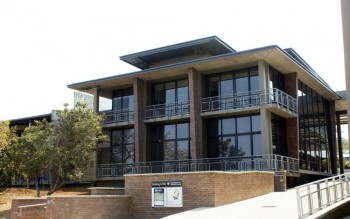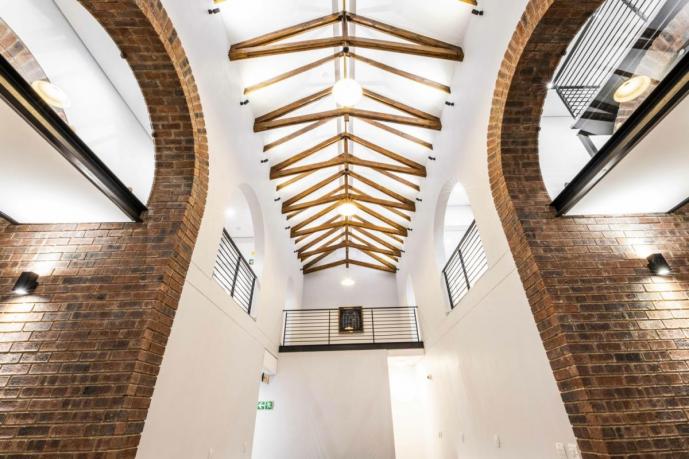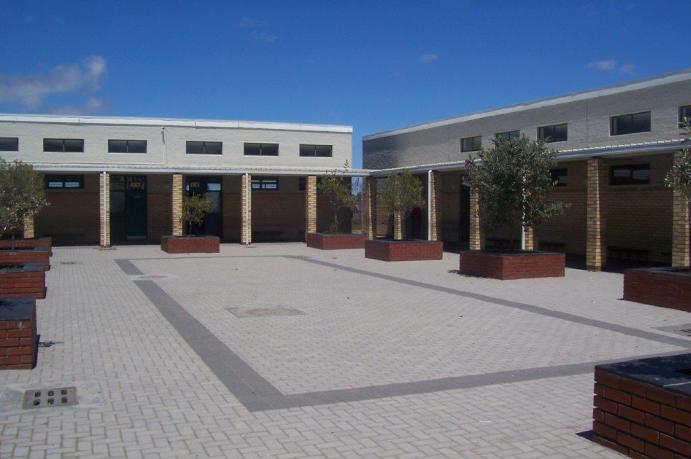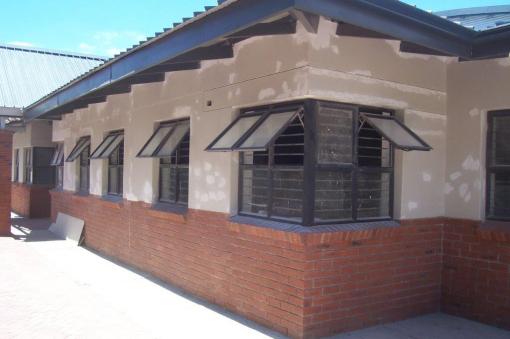Built-in thermal performance saves electricity in schools
When you make energy-efficient construction decisions, you can expect that your building will cost less to operate, produce fewer greenhouse gas emissions and be a more comfortable place to live, work, study or play.
Schools and universities in particular have high daytime use and crowded conditions. Temperatures can soar by midday, making it difficult for students and lecturers to focus. However installing air-conditioning (or heating in winter) would result in unacceptable running costs.
Clay bricks have well-known thermal insulating properties, making buildings naturally cooler in summer and warmer in winter. This saving is further enhanced by designing the building with cavity walls (a double leaf wall with an air cavity between).
Unlike other building materials, the high thermal mass of clay brick prevents a “hot-box” effect in high summer temperatures. Rooms stay considerably cooler than ambient temperatures, allowing students to concentrate throughout the day.
Air quality and noise are also factors that hinder student performance. Clay masonry regulates air humidity so that pupils and teachers can enjoy an environment close to the preferred human comfort zone even in the wettest or driest climate conditions.
Clay brick offers numerous benefits beyond high thermal performance:
- The natural acoustic properties of brick reduce ambient noise from adjoining areas making classrooms quieter.
- The natural structural strength and dimensional stability of clay brick, coupled with its high fire rating ensure that students and scholars are well protected against natural disasters as well as civil crime, vandalism and unrest.
- Clay brick outlasts almost any other practical building material – 100 years and more.
- Clay bricks are entirely natural, and contain no pollutants or allergens.
- The density of clay brick prevents access by burrowing animals like rats, snakes, ants, borer and termites.
- Clay brick is inert releasing no VOC's (Volatile Organic Compounds) or toxic fumes to reduce air quality.
- Exposed brick and face brick buildings are extremely low maintenance, reducing operating costs as well as downtime due to repairing, replastering and repainting of walls.
With all these benefits, it is not surprising that clay bricks fulfil all the requirements for school infrastructure, offering the most efficient and cost-effective building material solution in the long-term.
Improving sustainability during clay brick production
The Clay Brick Association of South Africa (CBA), EcoMetrix Africa (EMA) and Partners for Innovation (PfI) have been commissioned to execute a 3-year project co-sponsored by the European Union (EU) under the SWITCH Africa Green programme.
The focus is to promote inclusive sustainable practices in the South Africa Clay brick sector, and involves several integrated projects expected to reduce the use of fossil fuel during brick manufacture through education initiatives for both formal and informal brick-makers.
More than 75% of the clay brick operations in South Africa are located in rural areas, and are near to communities who need to expand their social infrastructure, including schools, clinics and public sector offices.
Cutting transport distance not only reduces building costs and delays, it also lowers South Africa’s carbon footprint and air pollution from heavy vehicles.
The CBA is proud to be an industry leader in the move to more sustainable, energy-efficient buildings, in a country that has the 14th largest carbon footprint in the world.















